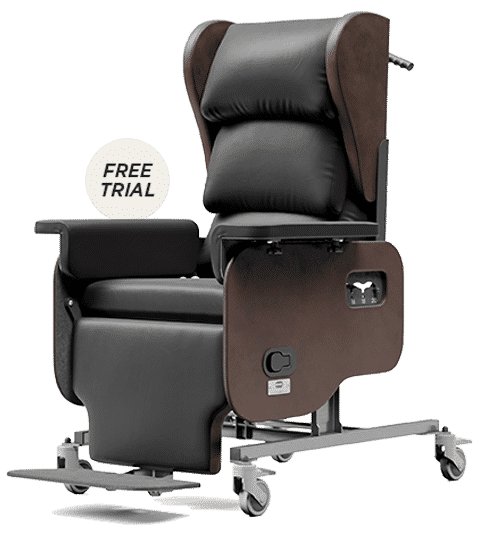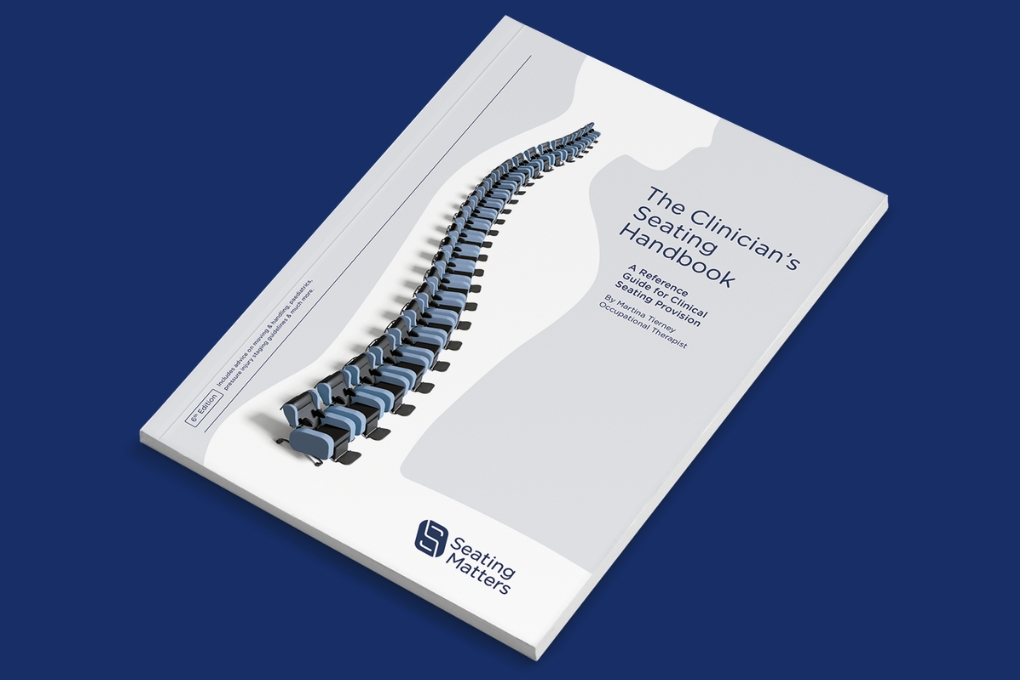The Four Principles of Clinical Seating & Pressure Management
Pressure injuries, while thought to be largely preventable, pose significant risks to the mental and physical health of patients. In the worst cases, the consequences can be fatal.
Seating Matters is on a mission to reduce the incidence of these debilitating injuries.
A prevalent oversight is to only consider the chair cushion when contemplating pressure management. Unfortunately, an exclusive focus on this can actually heighten the risk of pressure-related injuries in patients. This comprehensive article outlines the common mistakes made when using pressure cushions.
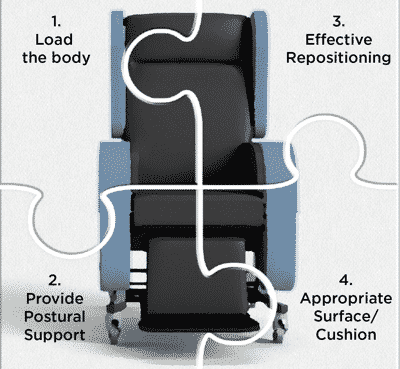
1. Load the Body
When you increase an individual’s surface area contact with their chair, you can reduce the pressure exerted through any one point. This can be achieved by ensuring and maintaining correct seat dimensions, including seat height, depth, width, foot plate height and angle.
2. Provide Postural Support
Proper support for the patient can help maintain a midline posture and manage the distribution of pressure throughout the body. This is achieved through correct seat dimensions plus head, lateral and leg supports.
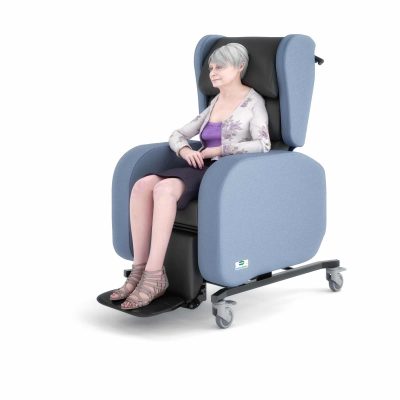
3. Effective Repositioning
Guidelines recommend that seated individuals are repositioned every 2 hours. This can increase blood flow and the amount of oxygen reaching the skin. Research shows that a 45-degree tilt can maximise the potential for significant blood flow increase and pressure reduction. This practice is achieved using the tilt in space feature of Seating Matters’ Phoenix and Sorrento chairs, and the back angle recline of our full chair range.
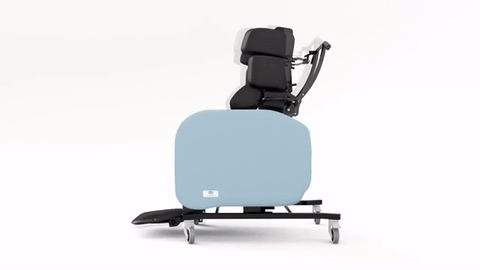
4. Use an Appropriate Surface

All Seating Matters cushions are crafted from Visco memory foam, which is coated in Dartex, an anti-shear, multi-stretch material. This unique combination allows any bony prominences to comfortably sink into the foam, achieving maximum surface area contact and reducing interface pressure.
The breathable nature of the material aids in preventing the development of pressure ulcers by reducing moisture on the surface of the skin.
A medium to high-risk memory foam cushion is standard on all Seating Matters chairs. The cushion is removable to accommodate alternate cushions if required.
Remember: The surface or cushion is listed as principle number 4 because if principles 1, 2 and 3 are not adhered to then optimum levels of pressure management cannot be achieved.
When carrying out a Seating Assessment, it is important to consider whether your preferred chair covers all four principles of good seating. This is a requisite to effectively manage the risks of pressure management.
A qualified Seating Matters Seating Specialist can answer any further questions.
** Note – the purpose of this blog is to give an overview of the product with some tips to consider on its use. This is not intended to be a substitute for professional or medical advice, diagnosis, prescription or treatment and does not constitute medical or other professional advice. For advice with your personal health or that of someone in your care, consult your doctor or appropriate medical professional.

